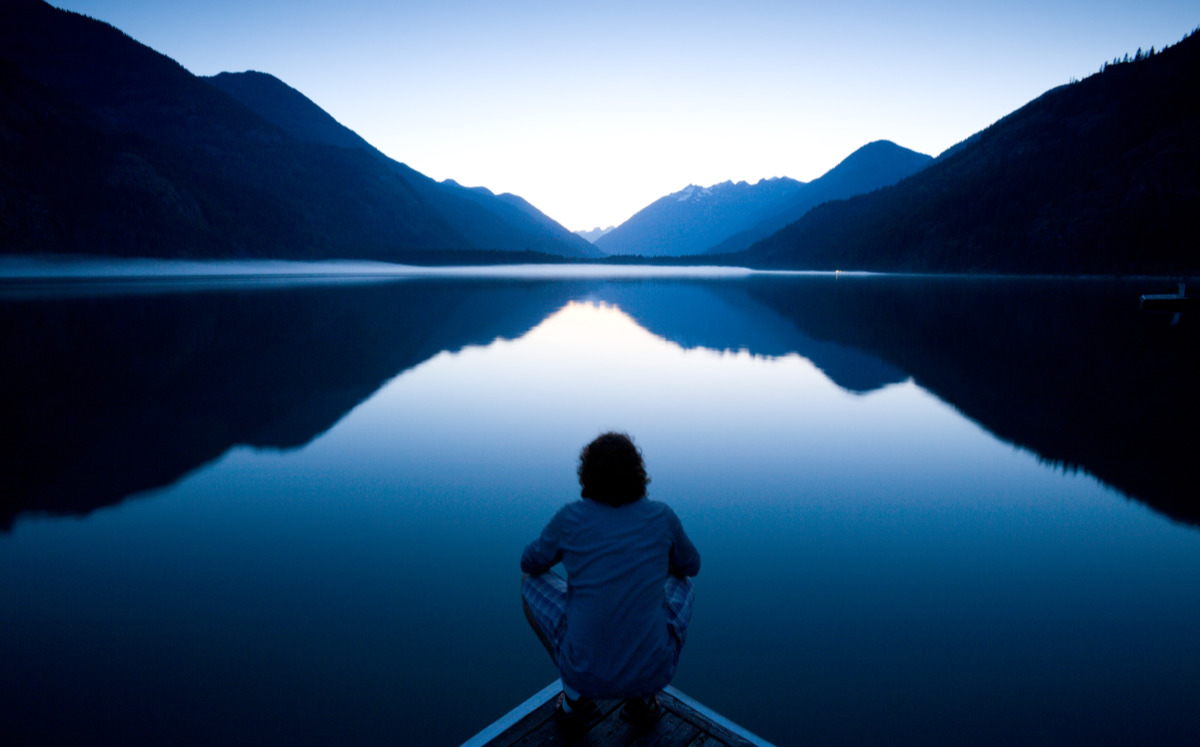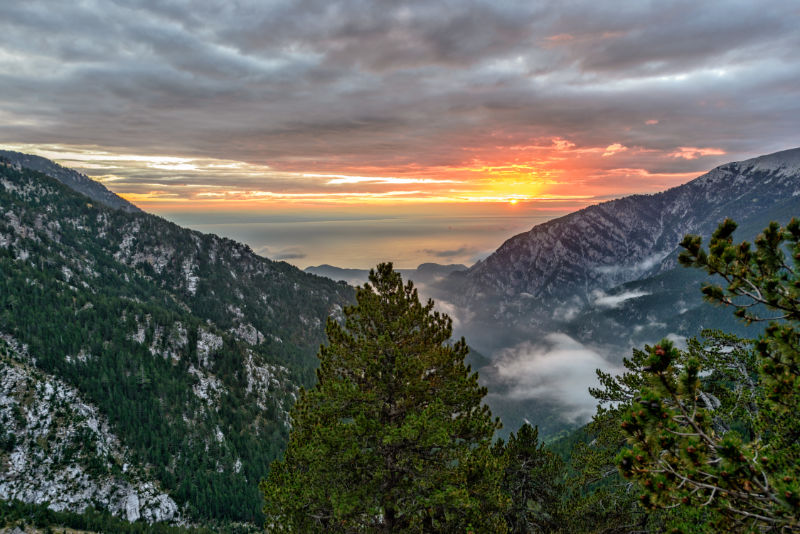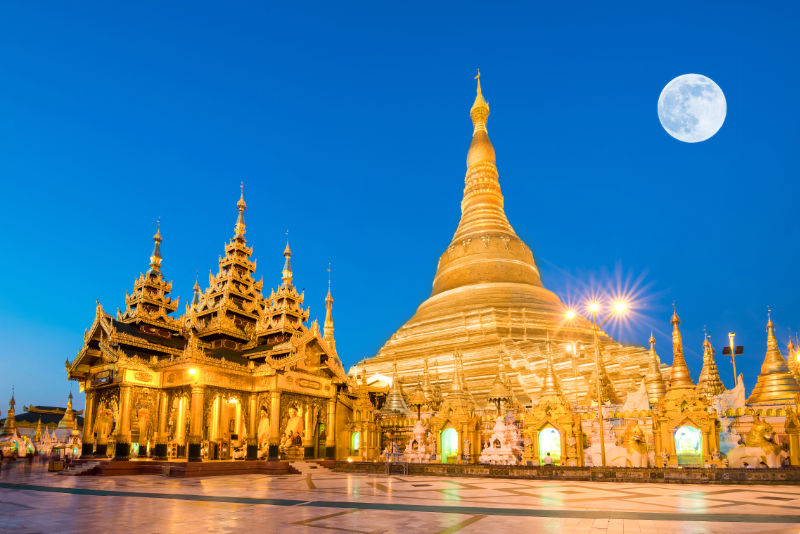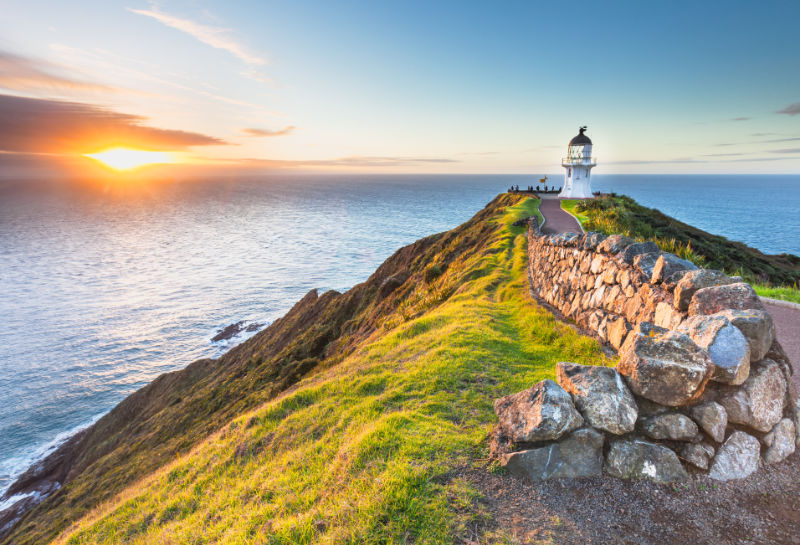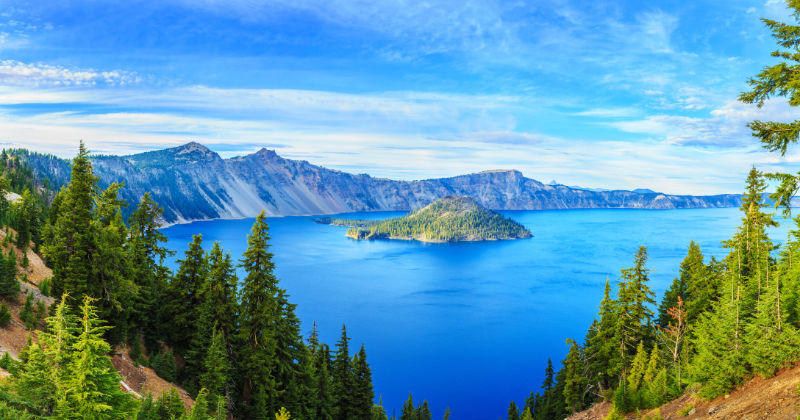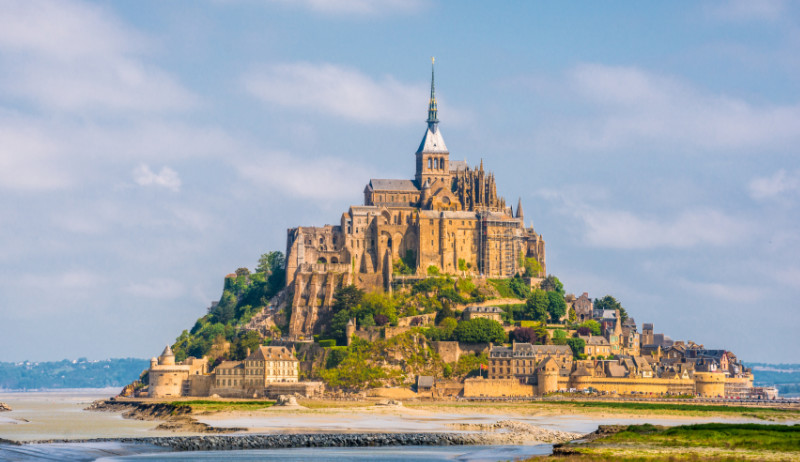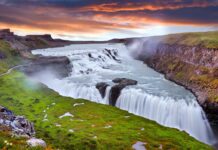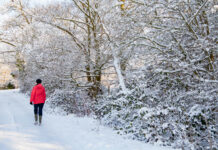Some places in the world lure travellers with their beauty but others have an added draw – they are said to be sacred or are surrounded by tales which have been passed down generation after generation.
Whole mythologies have been based around particular mountains. There are lakes said to have engendered whole civilisations and rivers believed to be the very essence of life itself.
Sarah Baxter’s book, Spiritual Places, takes readers around the world to 25 of these sights, with the help of gorgeous illustrations. Here’s our pick of five to visit.
5 spiritual places to visit
1. Mount Olympus, Macedonia, Greece
Soaring 2,917 metres (9,570 feet) up from the waters of the Thermaic Gulf, Mount Olympus is the highest point in Greece. It’s also the most legendary of mountains, central to the divine stories of the Ancient Greeks. The tale begins millennia ago after the Clash of the Titans, an epic battle for the privilege of ruling the universe. When Zeus and the Olympians win, they choose Mount Olympus as their HQ.
Over the centuries, the mountain’s rugged flanks have offered safe haven to those fleeing persecution, society, conflict and the law. These days, it’s mainly hikers exploring. You could take a walk around Dion, a sacred city dating from the fifth century BC, located at the base of Mount Olympus and home to a large Temple of Zeus. Or tackle the moderately strenuous summit circuit, which can be made in two or three days from the town of Litohoro.
2. Shwedagon Paya, Yangon, Myanmar
Buried beneath this holiest and most dazzling of pagodas, is a casket said to contain eight hairs from the head of Siddhartha Gautama, the Buddha himself. According to legend, the pagoda complex is around 2,500 years old. Two merchant brothers were said to have met the recently enlightened Siddhartha, who gave them eight of his hairs. The brothers returned to Myanmar to enshrine the sacred strands on Singuttara Hill, already home to the relics of three previous Buddhas.
Another story says Queen Shinsawbu donated her weight in gold, which was turned into leaf and painted on the stupa. People continue to give gold to the temple – there are donation boxes specifically earmarked for the leaf, which is reapplied every year.
The complex standing today is the result of an 18th-century rebuild, following an earthquake. At the centre of it is Shwedagon, a 98-metre high zedi (bell-shaped monument) topped by an ornamental parasol that’s encrusted with 5,448 diamonds, 2,317 other gems, 1,065 golden bells and one 76-carat diamond. Be sure to walk around the zedi clockwise, as is Buddhist tradition.
3. Cape Reinga, New Zealand
Where the Tasman Sea and the Pacific Ocean collide, is Cape Reinga – or Te Rerenga Wairua – which the Maori people believe to be the gateway to the underworld. A crag-perched lighthouse warns of the shore’s treachery – many a ship has floundered here.
Maori legend has it that after death the spirit makes a journey to the far north of New Zealand, finally ending up at Cape Reinga. It then slides down the root of the wizened pohutukawa tree that’s reputed to be 800 years old and travels underwater, beneath the powerful current at the collision of the oceans.
Its role in the life-death cycle makes Cape Reinga the most spiritually important site for New Zealand’s Maori, a place of connection to all those who’ve gone before. There’s plenty to explore here, with walking trails of varying lengths wending all along the coast, taking in dramatic beaches and the scattered evidence of human settlement dating back centuries. On days when the mist rolls in and the cloud hangs low, some Maori elders claim to be able to hear a strange high-pitched singing – the sound of the passing of the spirits.
4. Crater Lake, Oregon, USA
Around 7,700 years ago, Mount Mazama erupted and collapsed in on itself. The resulting hole filled with rain and snow, to a depth of almost 600 metres, creating Crater Lake – or so the scientific story goes.
The North American Klamath people, whose ancestors were living in Oregon’s Cascades Mountains, tell a different tale. They say that Llao, chief of the Below World and spirit of the mountain, came up from his home and stood atop Mount Mazama. When he was rejected by a local chief’s daughter, he became enraged and surged up through the mountain, pelting fire and fury. A battle erupted with Skell, spirit of the sky and chief of the Above World, causing the earth to quake. All that was left was a large hole which filled with rain and it became an important site for traditional spiritual rites. Klamath men would run along the sheer caldera wall down to the lake; those who could reach the shore without falling were believed to possess higher spiritual powers.
It’s the deepest lake in the US, one of the deepest in the world, and one of the clearest: there are no inlets or outlets, so no sediment sullies the blue. The steep Cleetwood Cove Trail is the only way to reach the shores of this flooded caldera and if you fancy a swim, be warned – Crater Lake is rather cold.
5. Mont Saint-Michel, Normandy, France
Mont St-Michel sits just off the Normandy coast, at the mouth of the Couesnon River. Once known as Tomb Mountain, this striking chunk of rock was first sacred to the Celts, who believed it to be a portal between earth and the afterlife.
The story goes that in AD 708 a bishop, Aubert, had a vision that Archangel Michael instructed him to build a sanctuary on Mont-Tombe. A magnificent Romanesque monastery took shape and the island was considered a representation of paradise on earth. Pilgrims would come in their thousands to seek the assurance of eternity from St Michael, archangel of judgement.
If you visit today, you’ll discover the grand Gothic-vaulted church, monks’ living quarters, a labyrinth of halls, cellars and corridors. From the top, there are fine views over the bay, home to some of the world’s biggest tides.
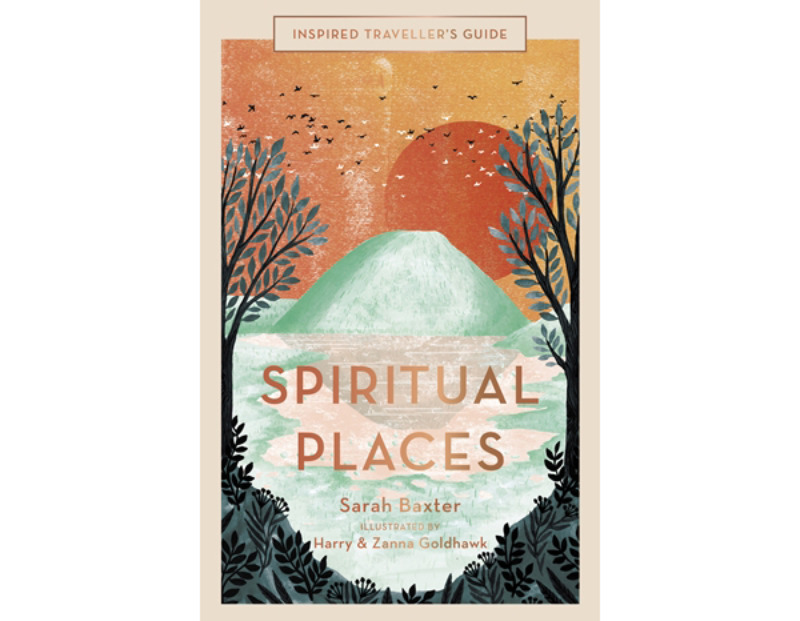
Inspired Traveller’s Guide: Spiritual Places by Sarah Baxter, illustrations by Harry and Zanna Goldhawk, is published by Aurum Press.
Wise Living Magazine may receive a small commission to help support the running of this site from purchases made from links on this page. Affiliate links do not influence our editorial or articles published by Wise Living.























































